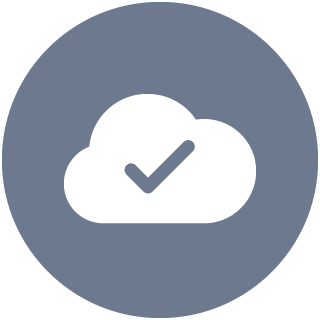
Good Clinical, Laboratory, and Manufacturing Practices - GxP
GxP refers to the various regulations and guidelines governing "good practices" for organizations involved in the manufacturing of products for human or animal use, including medical, cosmetic, tobacco, and food products. The "x" in GxP represents a broad range of processes used in the development, production, and distribution of regulated products, such as Good Manufacturing Practices (GMP), Good Clinical Practices (GCP), Good Laboratory Practices (GLP), Good Storage Practices (GSP), and more.
GxP regulations are defined by different industry-specific regulators. For example, the Food & Drug Administration (FDA) in the USA, the European Medicines Agency (EMA) in Europe, the UK Medicines & Healthcare Products Regulatory Agency, and Japan's Pharmaceuticals and Medical Devices Agency (PMDA). Consequently, each country or region may have its own set of GxP regulations and guidelines. Specific GxP criteria can be found in government agency regulations and guidance, such as the Federal Food, Drug, and Cosmetic Act, as well as industry best-practice frameworks. Global life sciences organizations conducting business in the US typically find GxP requirements in the US FDA Code of Federal Regulations ("CFR"), in Europe, in the Eudralex EU Pharmaceutical Legislation, and in Japan, in the Act on Securing Quality, Efficacy and Safety of Products Including Pharmaceuticals and Medical Devices.
Atlassian's Cloud offers administrative, physical, and technical controls that assist life sciences customers in achieving their quality, documentation, and security objectives. In addition to managing the underlying infrastructure and operations, Atlassian Cloud products provide features that facilitate compliance with applicable GxP requirements.
As a Cloud Service Provider, Atlassian fulfils many of the regulatory requirements pertaining to the security and quality of electronic records and signatures (ERES) through independent, third-party compliance validation programs like ISO/IEC 27001 and ISO/IEC 27018.
To learn more about our commitment to safeguard customer data, visit our Security Practices page.
For more information, contact us.
Relevant products
Project and issue tracking
Jira
enterprise agile planning
Jira Align
high-velocity itsm
Jira Service Management
document collaboration
Confluence Cloud
Git code management
Bitbucket Cloud
VISUAL COLLABORATION
Trello
modern incident response
Opsgenie
incident communication
Statuspage
help desk service management
Halp
Our team is here to help
Have more questions about our compliance program?
Do you have cloud certifications? Can you complete my security & risk questionnaire? Where can I download more information?
Trust & security community
Join the Trust & Security group on the Atlassian Community to hear directly from our Security team and share information, tips, and best practices for using Atlassian products in a secure and reliable way.
Atlassian support
Reach out to one of our highly-trained support engineers to get answers to your questions.